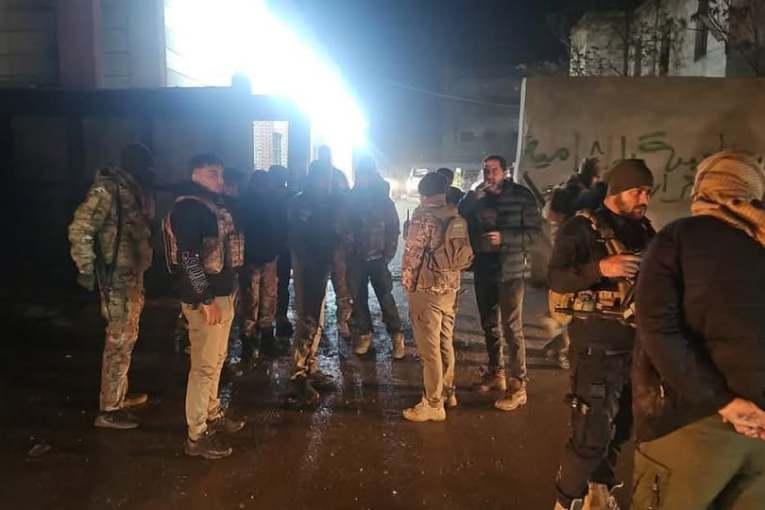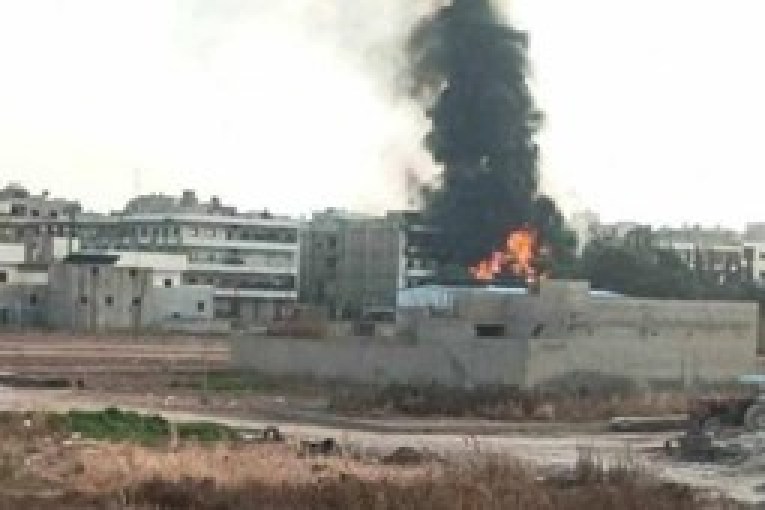
afrinpost – Exclusive
Occasionally, Muslim Brotherhood’s “Halab Today” channel broadcasts an episode about one of the occupied villages of Afrin, or what it calls “post-liberation” achievements. Yesterday, it was shown in “Jawlat” program an episode about the Yazidi village of Feqîra, in which it tried to pass some distorted and misleading ideas contradicting to reality .
The peculiarity of the village and its true religion:
It goes without saying that the people of the village of Feqîra/ Fakiran, of Jenderes district, are totally Kurds, following the Yazidi religion, and the village has its own religious symbolism, as the oldest Yazidi cleric lived there in “Çiyayê Kurmênc (Kurd Mountains)” in the 19th century, and his name is Safu or Safari. He lived in Feqira, where he was a poor ascetic who wore a rag, and he was a knowledgeable scholar who memorized about five hundred Yazidi religious sayings, not to mention the songs and other religious poems. Safu was taught by Yazidi sheikhs in Afrin region.
Historical facts:
The official Turkish channel TRT Arabic did the same work before Halab Today, and it manipulated the translation from what the people of the village said, showing an ideal situation in the village, which the channel insisted to describe it as a liberated, not occupied, and the people are now practicing their religious rituals freely, after they were deprived of it during the period of Autonomous Administration.
Halab Today TV tried to delude the viewers that the Kurdish and Yazidi presence in particular is recent, and not original, by asking the residents of the village: “Where did you come from?” In fact, the Kurdish Yazidi presence is old as Afrin region, and there is no accurate information about the beginnings of the existence of the Yazidi religion in Afrin region. However, it is possible to infer what was mentioned in the book “Sharaf Nameh” by the Kurdish historian Sharaf Khan (1543-1603) in the Tarjum section, as he confirms their presence Before the Ayyubids era in 12th century, he says:
“Prince Mand was able at first to gather a sect of Kurds around him, and he deported them to the Levant and Egypt, and there he joined the service of the kings of Bani Ayyub, who gave him the Kassir region near Antioch, where Mand and his followers settled there in the winter. Not only that, but a group of Yazidi Kurds, who were living in those lands, before, gathered around (Mand) as well. This led to the rise of his position and the increase in his influence day by day, and the Kurds rushed to him from all sides. He was also joined by the Kurds living on the two sides of Jom (a) and Kilis (b).”
The fact that the canal jumped over is that the village of Feqîra is Kurdish and Yazidi, and that is its nature, and any other recent presence of other people occurred after the occupation.
The Village’s Reality Today:
Feqîra is controlled by “al-Hamzat” militia, and it has been subjected to a number of violations, the least of which is theft of houses and the electricity cables, while many of its residents were kidnapped and arrested or forcibly displaced, as 46 families are remained of 110 families in the village. The gunmen vandalized the shrine of Sheikh Junaid, which they destroyed from inside in search of antiquities, as well as the shrine of Sheikh Abdul Rahman in the village and grave shrines and imposed royalties on the olive season.






